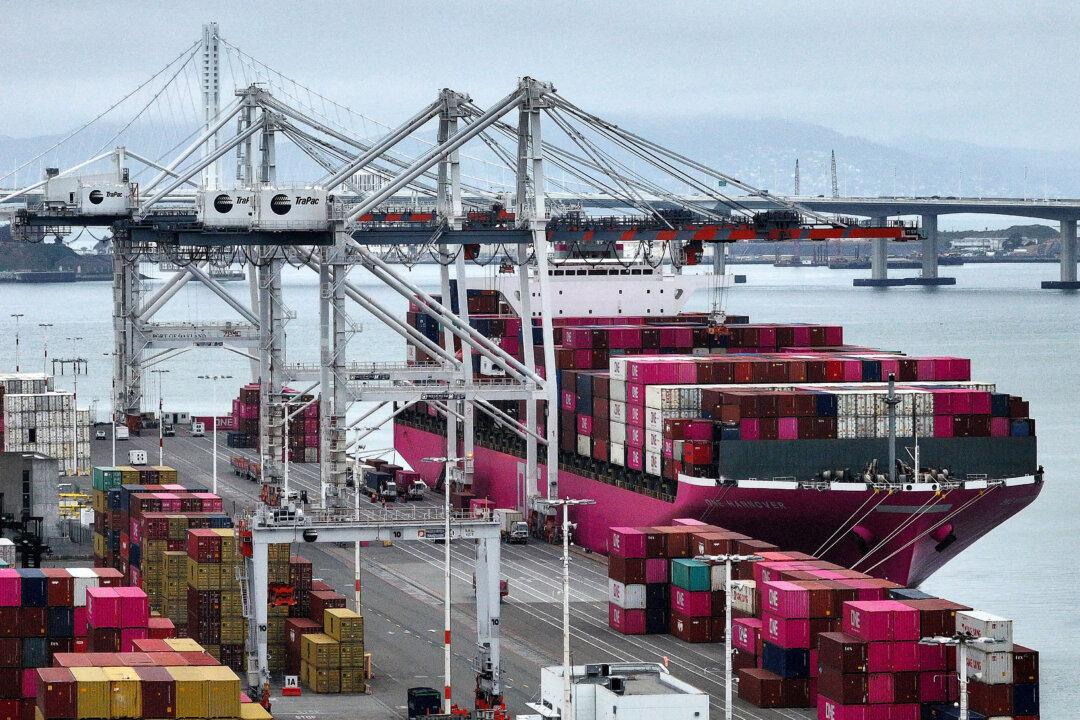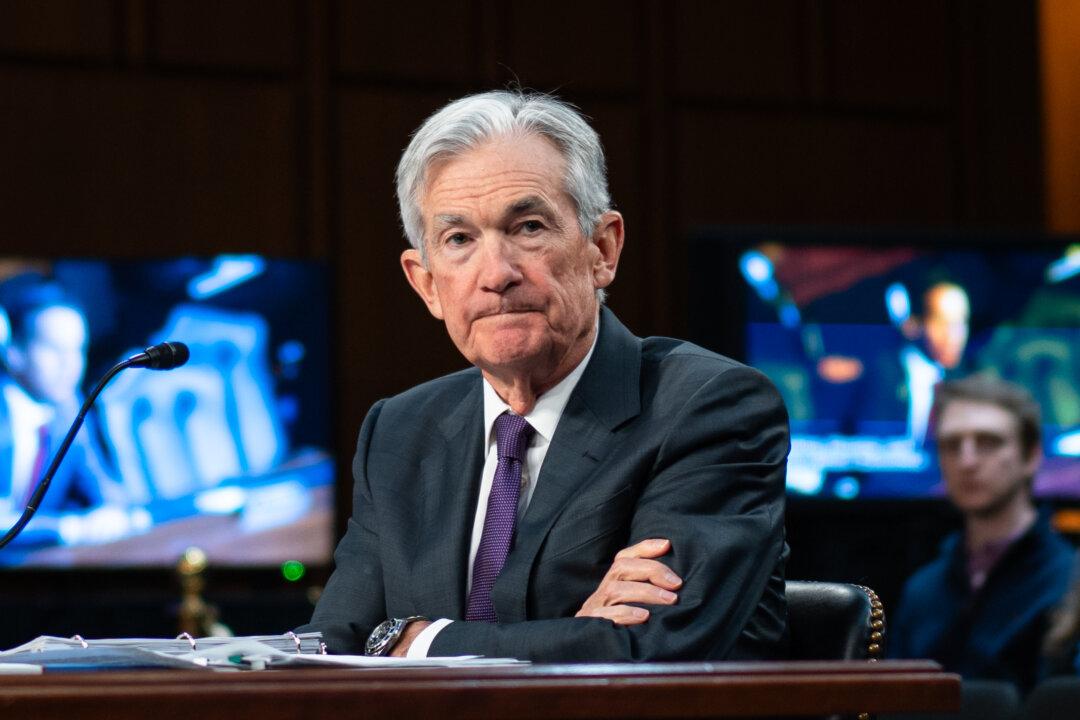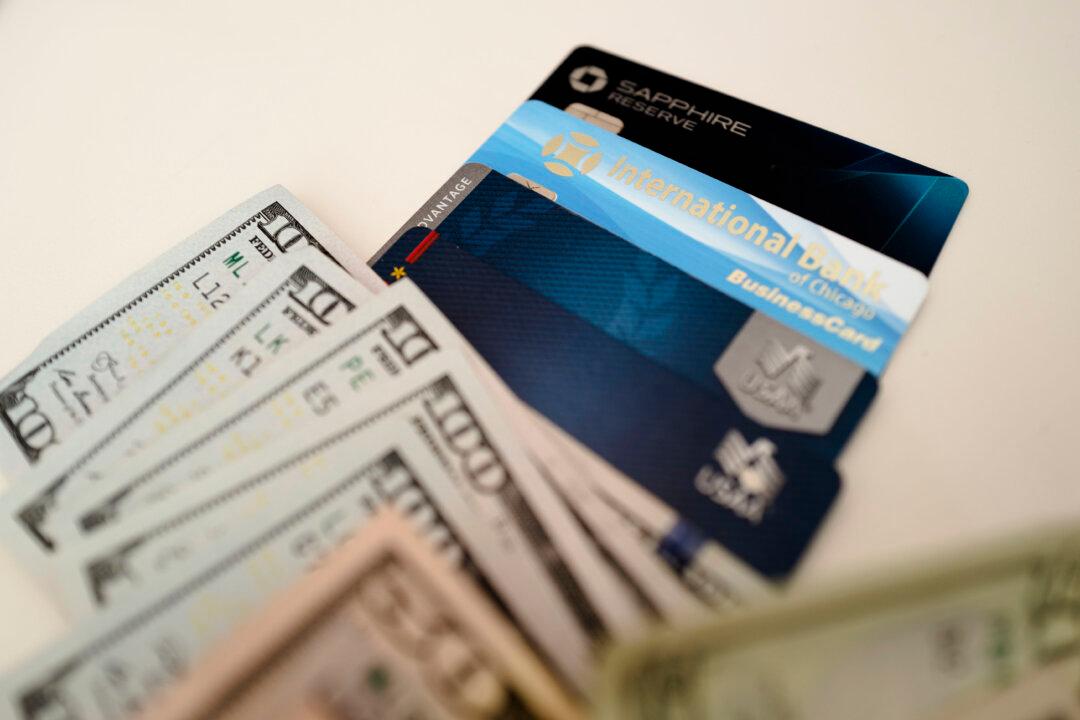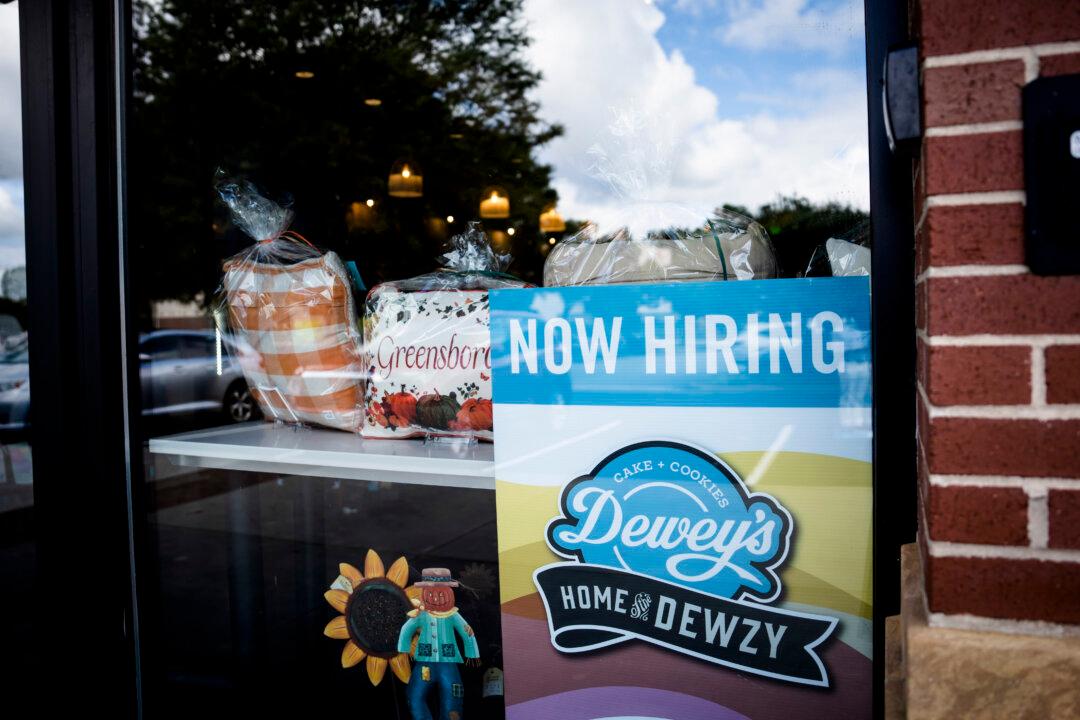The U.S. goods trade deficit declined sharply in April from a record in March as the effects of front-running President Donald Trump’s tariffs faded.
While economists had anticipated a substantial slowdown, last month’s reading came in better than the consensus forecast of $141.5 billion.
Goods imports tumbled 19.8 percent, or $68.4 billion, to $276.1 billion. Exports of goods rose by 3.4 percent, or $6.3 billion, to $188.5 billion.
Advance retail and wholesale inventories were virtually unchanged at $803.5 billion and $906.9 billion, respectively.
Leading up to the president’s sweeping global tariff plans on April 2, companies had rushed to stockpile consumer goods to avoid the anticipated levies.
Declining imports are expected to bolster the GDP growth rate in the current quarter. Imports are subtracted from the GDP calculations because they measure the value of goods and services produced domestically.
Early forecasts suggest that the U.S. economy may experience a rebound in the second quarter.
In addition to U.S. businesses perhaps temporarily pulling back on their spending, individuals also tempered their consumption.
Personal income, however, surged at a pace that was significantly better than expected, at 0.8 percent.
The data do not signal an economy on the brink of disaster, but the numbers illustrate how tariffs can facilitate specific patterns, says Joseph Brusuelas, the chief economist and principal at RSM.
Eyeing a June Rebound
Market watchers will monitor the June trade data to determine if companies will accelerate imports amid the 90-day tariff ceasefire between the United States and China.U.S. and Chinese officials agreed to thaw the icy trade tensions and temporarily suspend most tariffs. As a result, the trade truce resulted in the United States lowering its levies on Chinese goods from 145 percent to 30 percent.
Economists at Oxford Economics stated that the U.S.-China tariff would offer companies a chance to avert sizable tariffs, which would prevent product shortages and supply chain disruptions.
While there might be some hiccups along the way, the string of trade-related announcements from the Trump administration could reduce the odds of a “worst case scenario,” they said.

“So the announcement lowers the odds that our worst-case scenario, involving U.S. tariffs on China of over 100 percent for a prolonged period, will materialize.”
However, the deal has come under the spotlight after the president said on social media that Beijing “totally violated” the Geneva trade agreement.
“China, perhaps not surprisingly to some, has totally violated its agreement with us,” Trump said in a May 30 Truth Social post. “So much for being Mr. Nice Guy!”
The president stopped short of explaining how the Chinese regime violated the May 12 deal.
U.S. trade representative Jamieson Greer echoed Trump’s remarks, stating that Beijing was not in compliance with the arrangement.
U.S.-China trade negotiations have become “a bit stalled,” according to Treasury Secretary Scott Bessent.
Since the mid-May meeting in Switzerland, the White House has focused its efforts on negotiating with other major trading partners, including the European Union, India, and Japan.







